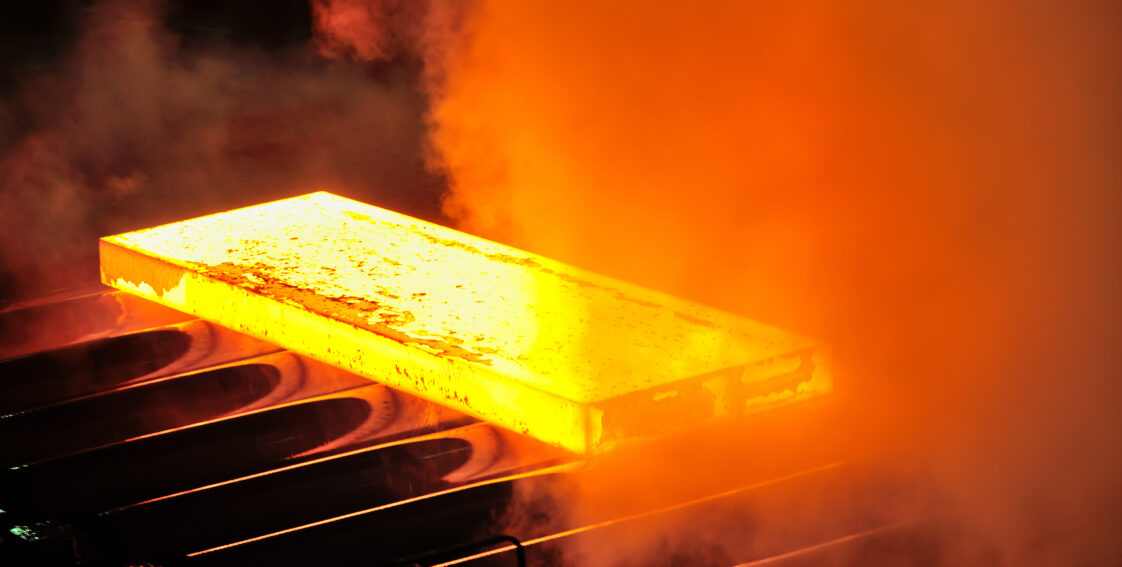
Steel Descaling Process
Steel often forms an outer layer called “scale” when heated during the annealing or welding processes. Scale will always form unless the steel is completely protected from oxidation when it is heated above reaction temperatures. Rust or corrosion from the environment is typically referred to as a separate issue. When scale forms on steel, it’s usually removed through a comprehensive descaling process.
Read on to learn more about the steel descaling process.
Chemical Oxide Scale Removal
Scale can be removed by mechanical methods, but it is most often chemically removed. Removing scale via chemical methods is usually very thorough. There are several different acidic solutions that are commonly used to remove scale.
Typically these solutions are heated to improve quality and efficiency. Regardless of the chemical process being used, it is very important to monitor and control the bath’s temperature and concentrations.
Mechanical Steel Descaling
While chemical steel descaling is more common, many operations also use a mechanical steel descaling process. This process typically involves bombarding the scale with particles. It is often referred to as “blasting.” There are three main types of blasting: sand, grit, and shot. The main difference between the three is the type of media. Shot blasting is typically the most controlled and effective method. This is not to be confused with shot peening.
Post-Treatments
After you descale steel, watch out for corrosion. Now that the surface is clean and directly exposed to the environment, it is very susceptible to corrosion. There are several coatings you can use to keep newly descaled steel from reoxidizing. The most popular and effective coatings include lime, polymers, and oil. Each type of coating has advantages and disadvantages depending on the application.
Chemical Descaling Versus Mechanical Descaling
In the past, chemical descaling was considered to be more effective than mechanical descaling. However, new shot blasting technology has closed the gap in effectiveness between the two types of descaling processes. Many forging companies now prefer to use shot blasting because it does not use the harsh solutions that are often used in chemical descaling. Shot blasting is a line of sight process meaning the shot has to have a path to target. This can be difficult on products such as coil that may have difficulty reaching locations. Chemical descaling does not typically have this issue.
Learn More About Steel Descaling From King Steel Corporation
Still have questions about steel descaling? Contact our team at King Steel Corporation. We’ve been a leading steel supplier in the U.S. for more than 50 years. To get in touch with one of our team members, call (888) 273-8299 or fill out our online form to request a quote.